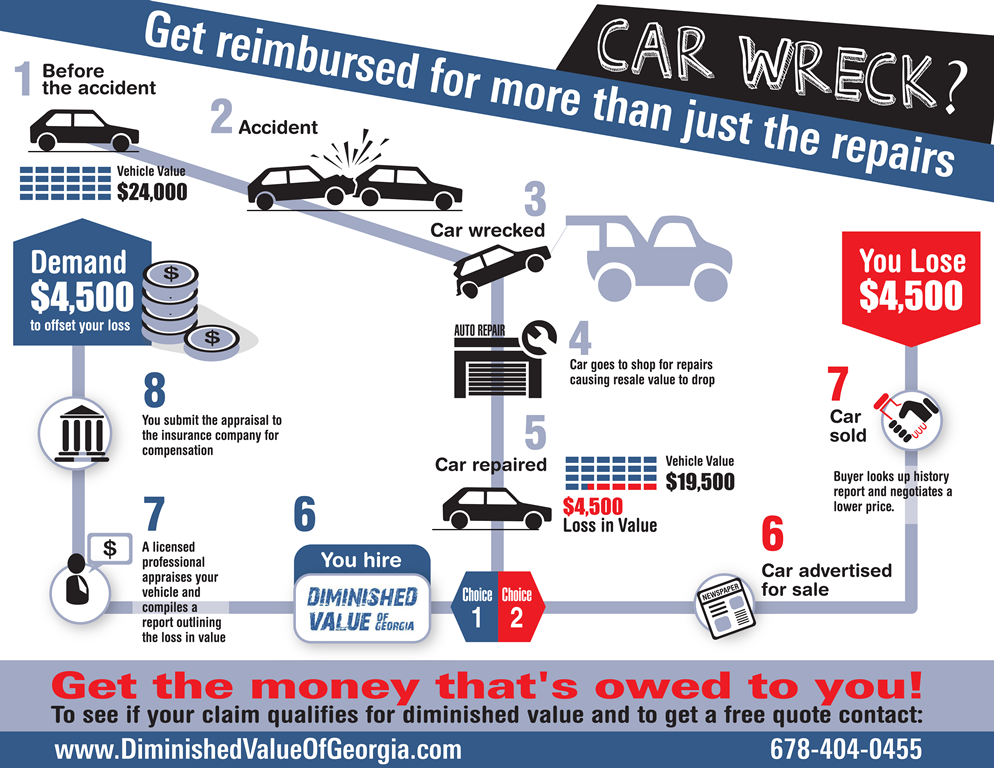Understanding The Significance Behind Your Vehicle'S Warning Lights: A Thorough Appearance
Understanding The Significance Behind Your Vehicle'S Warning Lights: A Thorough Appearance
Blog Article
Material Writer-Boye Gilbert
When you're behind the wheel, those radiant caution lights on your control panel can be a bit bewildering. Do you understand what they're trying to inform you concerning your vehicle's wellness? Comprehending the importance of these lights is essential for your safety and security and the long life of your car. So, the next time one of those lights appears, would not you want to decode its message precisely and take the needed steps to address it?
Common Warning Lights and Interpretations
Identify typical caution lights in your car and understand their meanings to ensure risk-free driving.
The most regular caution lights consist of the check engine light, which signals issues with the engine or exhausts system. If this light comes on, it's crucial to have your car inspected quickly.
The oil stress cautioning light suggests reduced oil pressure, calling for prompt interest to stop engine damages.
A blinking battery light may recommend a faulty billing system, potentially leaving you stranded otherwise attended to.
The tire stress tracking system (TPMS) light notifies you to low tire stress, influencing vehicle security and gas efficiency. Neglecting https://frontbrakesandrotors28495.tkzblog.com/31087575/secret-recommendations-top-10-tips-for-determining-the-best-automobile-service-center-in-your-region can cause unsafe driving problems.
The ABS light shows an issue with the anti-lock braking system, compromising your capability to stop quickly in emergencies.
Finally, the coolant temperature cautioning light warns of engine getting too hot, which can lead to severe damages otherwise dealt with quickly.
Comprehending these usual caution lights will help you attend to issues quickly and keep secure driving conditions.
Significance of Prompt Focus
Recognizing the usual warning lights in your auto is just the primary step; the value of quickly attending to these warnings can not be stressed sufficient to ensure your safety when traveling.
When a caution light illuminates on your control panel, it's your auto's method of interacting a prospective issue that requires interest. Neglecting these cautions can result in extra severe troubles later on, compromising your safety and security and possibly costing you extra in repairs.
danddcarwashnz to cautioning lights can stop break downs and accidents. For instance, a flashing check engine light could indicate a misfire that, if left ignored, might trigger damage to the catalytic converter. Addressing this immediately can conserve you from an expensive fixing.
Likewise, https://www.nbcnewyork.com/investigations/supply-chain-reality-check-the-scramble-to-find-common-auto-parts/3410753/ advising light may signal low brake liquid or used brake pads, vital elements for your security when driving.
Do It Yourself Troubleshooting Tips
If you discover a warning light on your control panel, there are a couple of do it yourself fixing ideas you can try prior to looking for professional aid.
The initial step is to consult your automobile's guidebook to understand what the particular warning light indicates. Sometimes the concern can be as straightforward as a loose gas cap setting off the check engine light. Tightening up the gas cap may fix the issue.
One more typical concern is a low battery, which can activate numerous alerting lights. Checking the battery connections for corrosion and guaranteeing they're safe and secure might take care of the issue.
If a warning light persists, you can attempt resetting it by detaching the auto's battery for a couple of mins and after that reconnecting it. Furthermore, checking your vehicle's liquid levels, such as oil, coolant, and brake fluid, can aid fix warning lights connected to these systems.
Verdict
Finally, understanding your vehicle's warning lights is necessary for maintaining your automobile running efficiently and safely. By promptly attending to these notifies and knowing what they imply, you can avoid pricey fixings and possible malfunctions.
Bear in mind to consult your automobile's manual for specific details on each alerting light and take action accordingly to ensure a trouble-free driving experience.
Remain informed, remain secure on the road!
